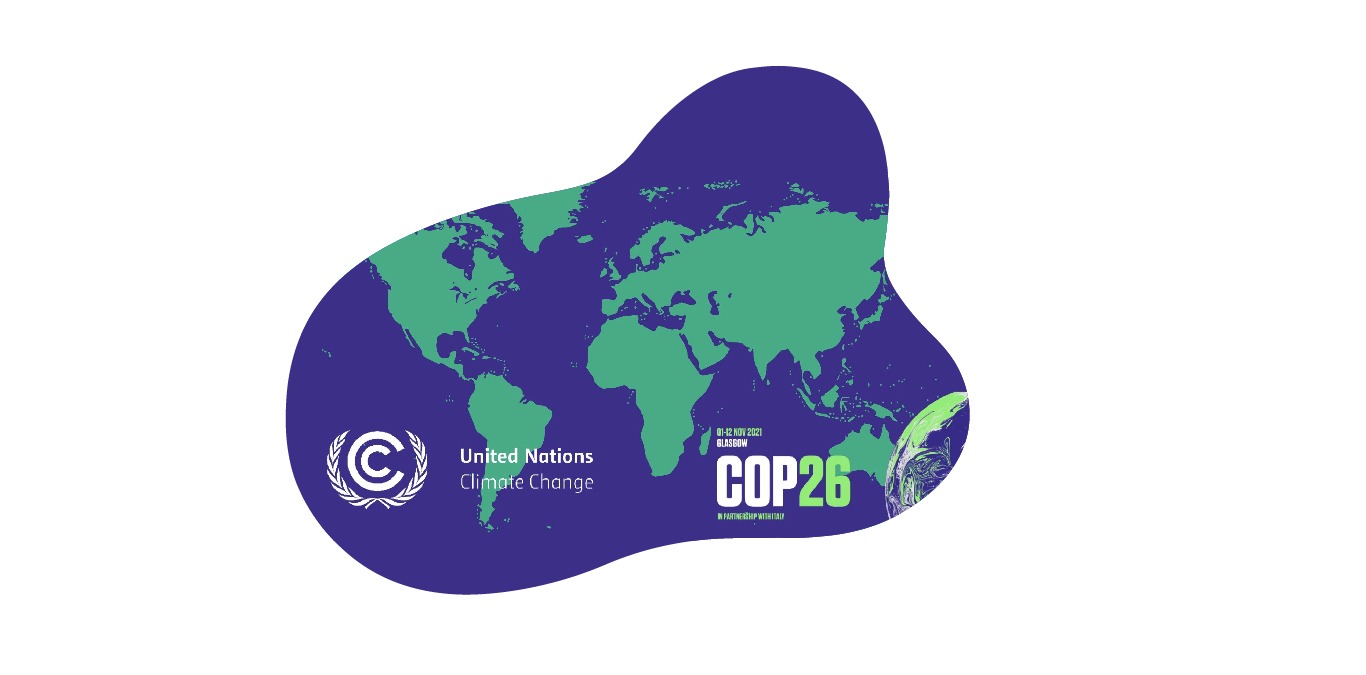120 World leaders gathered at Glasgow for the Global Climate Summit. It was one of the most-awaited gatherings. Many considered it the last chance to get world leaders to agree to an emission target to ease climate change after the 2015 Paris Agreement.
Many climate activists believe the COP26 has been a failure with no agreement in sight. There has been no climate action, though several Global North leaders made impressive pledges and goals to lower greenhouse emissions.
The COP26 has failed to meet expectations so far. The richest and most industrialized nations are keen to escape accountability, blame emissions and funds for not fulfilling their promises while looking for ways to shift the burden of their inaction on other developing nations.
In this scenario, India quickly emerged as the beacon of climate change with its willingness to commit to an end date for global greenhouse emissions.
Two weeks ago, the Indian Prime Minister pledged to become carbon net-zero by 2070 at the Global Climate Summit COP26. An announcement that led to frowns and criticism from other world leaders but put a smile on Indian faces.
It is perhaps, for the first time, one of the largest carbon emitters has committed to do away with fossil fuels. This move signifies an end in sight for fossil fuel use, though it is two decades later than other countries.
Renowned economist Lord Nicholas Stern appreciated PM Narendra Modi’s proposed plans, calling them ambitious and path-breaking. He believes India made the most important commitment and will play a major role in fighting climate change.
Let us understand the commitments India made at COP26.
Introducing the concept of Panchamrit at the summit, the PM committed to the following on behalf of India.
- To be carbon net-zero by 2070.
- To bring the non-fossil energy capacity to 500 GW by 2030.
- To bring down the carbon intensity to 45% by 2030.
- To fulfil 50% of its energy requirement through renewable energy by 2030.
- To reduce 1bn tonnes of carbon emissions from the total estimated emissions by 2030.
India’s carbon-neutral commitment has received the most attention. But it is the other pledges that are daring in their scope. Like reducing 1bn tonne of the projected emissions by 2030. This goal means absolute emissions must reduce 2-3% in the next nine years.
India’s Plan to meet the targets
India Inc. welcomed the PM’s pledge to be carbon net-zero by 2070. They believe we are on track to achieve these aspirations.
Here’s how Indian businesses plan to contribute to the net-zero mission.
Challenges India faces
Fulfilling the pledges may not be a walk in the park. India faces several issues like low-level of human development, shortage of resources. It means improving a lifestyle of billions without access to abundant energy will be troublesome.
Meeting the targets will be particularly difficult as India must balance its ever-increasing development needs with a depleting global carbon budget while finding a way to honor its climate obligations.
India has a growing population of 1.38 billion, and it is the fourth biggest emitter after China, the US, and the European Union. However, India’s per capita CO2 emissions, at 1.9 tonnes per person in 2019, are the lowest compared to 5.5 tonnes in the UK, 16 tonnes in the US.
It is a clear case of developed nations not reducing their carbon emissions quickly though they are responsible for the rapidly depleting global carbon budget.
Unless developed nations lower their carbon emissions, developing countries will find moving to expensive renewable sources with increasing demand for cheaper energy hard. Shifting to green and clean energy requires finance, but Global leaders have not kept their promise of $100Bn in climate financing every year.
Wealthy countries achieving their carbon net-zero targets is not guaranteed despite their large financial resources and advanced technology. This means emerging markets have a difficult task ahead.
Large emerging markets such as India, China, will need to augment their productivity from low levels of economic development to adopting advancing technologies because of a fall in prices of onshore wind and solar energy.
COP26 ended on 12th November, however the discussions will be on for the next six months. But will the transition to clean energy happen? Will emerging countries like India get the support and finance they seek to meet their targets?
Well, it’s a wait and watch game.
Need sound advice on where to invest, how much to invest, for how long to invest in the stock market? Subscribe to 5 in 5 Wealth Creation Strategy and get a portfolio of 20-25 fundamentally strong stocks tailored for your goals and risk taking ability.
Read more:
Renewable Energy – The World’s Favorite Energy Source Today!
Ambani’s Reliance On Its Way To Becoming A Major Renewable Player In The Next Decade
Adani’s Race To Triple Its Green Energy Capacity Within The Decade
*Disclaimer: Information mentioned in this email is for educational purposes. Please do not consider it a recommendation to buy/sell/hold from Research & Ranking.
Read more: About Research and Ranking.
How useful was this post?
Click on a star to rate it!
Average rating 0 / 5. Vote count: 0
No votes so far! Be the first to rate this post.
























